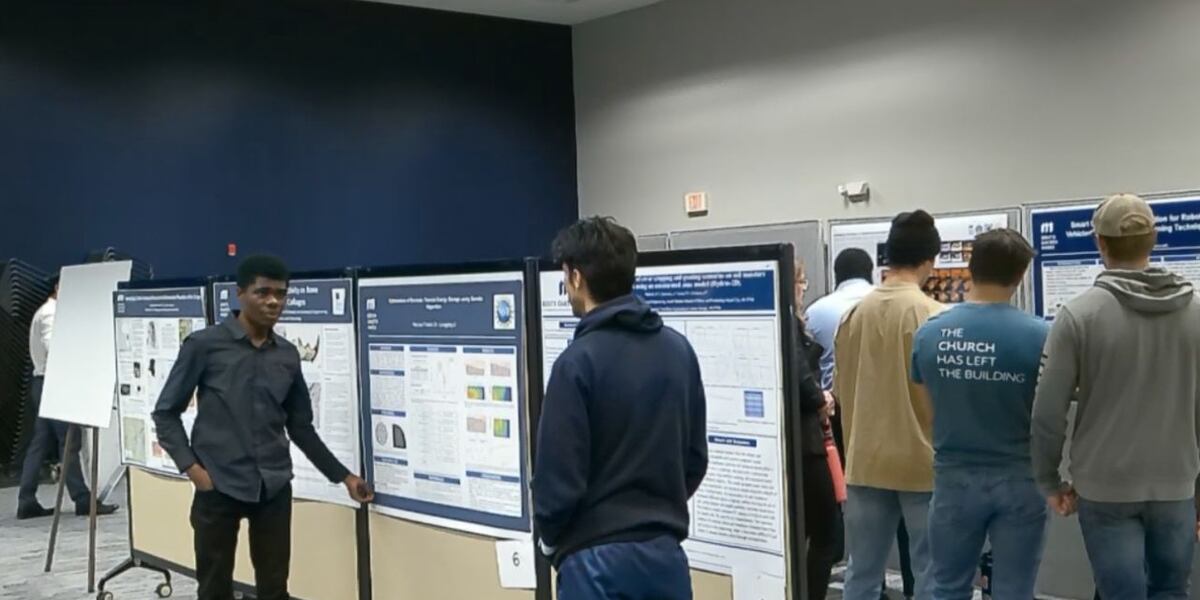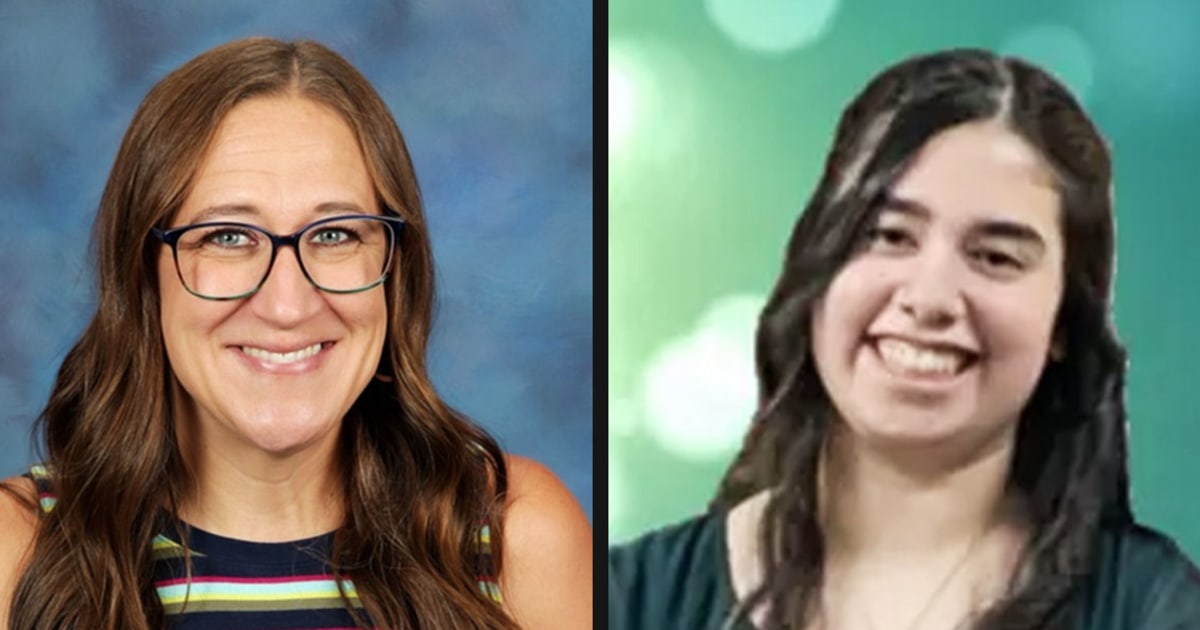The nondescript office building in Layton doesn’t look like the caves of Ilum, where — according to “Star Wars” canon — Jedi younglings retrieve the kyber crystals that focus the energy of a lightsaber.
This is the home of T2 Engineering, where workers design, program and assemble lightsabers, from hilt to tip.
“We’re nerds,” said Eric Tanner, the company’s owner. “We’re an engineering firm, and engineers like to make things.”
The company soft-launched its line of T2E-Sabers at a booth on the vendor floor of Salt Lake City’s Salt Palace Convention Center, during the FanX Salt Lake Pop Culture & Comic Convention in September. They brought seven different hilt models, Tanner said.
Looking around the FanX vendor floor, Tanner said he found six other companies selling lightsabers, the elegant weapon of the noble Jedi and evil Sith in the “Star Wars” movies and TV shows. (A FanX spokesperson said the convention doesn’t keep track.)
(Bethany Baker | Salt Lake Tribune) Eric Tanner, owner of T2 Engineering, shows a family his company’s T2E-Sabers on the vendors’ floor of the FanX Salt Lake Pop Culture & Comic Convention at the Salt Palace Convention Center in Salt Lake City on Thursday, Sept. 21, 2023.
Tanner claimed that the way his company’s sabers are built — particularly the electronics, and the lightweight construction — is what sets them apart.
Todd Ferrell, who is in charge of sales and marketing, said that at FanX, “we had someone in a wheelchair approach us and say, ‘I’m a huge Star Wars fan.’ [We] put one of these in her hand and she was just like, ‘This is perfect for me.’”
When someone came up to the booth, they were asked one question: Sith or Jedi? (The employees at T2 all are adamant that they are Jedi.)
The company sold nearly 30 of their sabers during FanX’s three days. On their website, pre-made sabers start at $215; buyers can also order custom builds, choosing the hilt, blade and accessories separately.
(Rick Egan | The Salt Lake Tribune) Eric Tanner, owner of T2 Engineering, shows the electronics at the heart of his company’s T2E-Sabers, at the company’s offices in Layton, on Tuesday, Oct. 3, 2023.
Lights, color and sounds
T2 started making lightsabers around two years ago, Tanner said, when he was looking for something to build, and Craig Nichols — who designs the hilts — suggested making soundboards for lightsabers.
“I really never thought I’d be doing lightsabers, to be honest,” said Tanner, who had an earlier career as a defense engineer. “You graduate from college and you think, ‘OK, we’re going to make some products that’ll change the world,’ or whatever — or you go work for Boeing.”
Tanner and his company started doing market analysis and product research — which included buying a Disney Store lightsaber and taking it apart to see what was inside. They started building their own sabers in November 2022. (The T2E-Sabers’ website makes no mention of “Star Wars” or any other copyrighted element of the franchise.)
The custom software for the T2E — Levi Hancock wrote the code, while Joshua Marchant and Josh Leavitt worked on software development — is innovative, Tanner said. Each polycarbonate blade contains 588 NeoPixels (color-changing lights) along its three-foot length. The soundboards make different noises when the sabers are switched on and off or put into different modes.
The hilts are made from 3D-printed nylon, which makes them lightweight and easier to carry than metal-cased sabers. When Tanner bought a lightsaber from Disneyland with a heavy metal hilt, his daughter Lily dropped it on her toe and it left a bruise. (Tanner named one of T2′s models “Lily’s Ray.”)
The T2E-Sabers, Tanner said, are the first to feature WiFi technology. “Our lightsabers act like servers,” he said. “So you have a wireless graphical user interface.” Using the interface, accessible from one’s computer, a user can customize the saber’s name, colors and sounds. They can even download their own sound clips.
“We’re using that capability in our software, so that you can change things on the fly — like if you want to change your colors, sounds, or sound volumes,” Tanner said.
In the “Star Wars” galaxy, sabers emit different colors, each with special meaning (though, generally, Jedi used blue and green sabers, while the Sith carry red). The T2E-Sabers can be set in various colors — including a party mode, in which the saber flashes through all of the color settings.
Others working on the product are Chrissy Avery, who made the product’s logo, and Kristofer Berrett, who tests and supports the sabers.
All the electronics work is done in-house, Tanner said, adding that he hopes to keep it that way — even as the building shakes from the planes from Hill Air Force Base passing nearby.
(Rick Egan | The Salt Lake Tribune) Eric Tanner, owner of T2 Engineering, demonstrates one of his company’s T2E-Sabers, at the company’s offices in Layton, on Tuesday, Oct. 3, 2023.
What comes next
As T2 continues to make lightsabers, Tanner said the company would like to integrate their software with video games, such as the “Legend of Zelda” franchise — or even create their own games, so people can use the sabers any time.
The company, he said, also will continue working on their animation firmware, which can be downloaded from their website, so buyers can add new codes or options.
“Now you have all kinds of new stuff, cool animations, new sound files,” Tanner said. “So it’s more usable for the user. You can have more fun with it. We’re hoping that they’ll grow with us as a consumer.”
The goal for the T2E-Sabers project, Tanner said, is to make people happy.
“There’s few things in life that are as important as people,” Tanner said, “The more you can make people happy — I mean, life is better, right? … We want to make a product that people are going to enjoy.”










:max_bytes(150000):strip_icc():focal(752x403:754x405)/utah-family-deaths-121824-2-aba0a74805964121a9c00d6ce623eeff.jpg)
















/cdn.vox-cdn.com/uploads/chorus_asset/file/25782636/247422_ChatGPT_anniversary_CVirginia.jpg)
/cdn.vox-cdn.com/uploads/chorus_asset/file/25789444/1258459915.jpg)

/cdn.vox-cdn.com/uploads/chorus_asset/file/25546252/STK169_Mark_Zuckerburg_CVIRGINIA_D.jpg)

